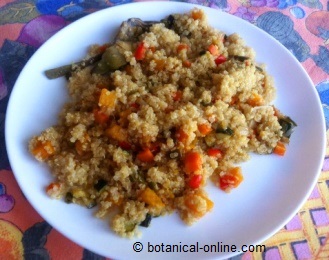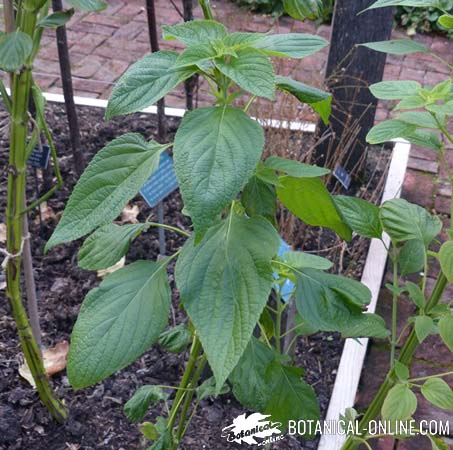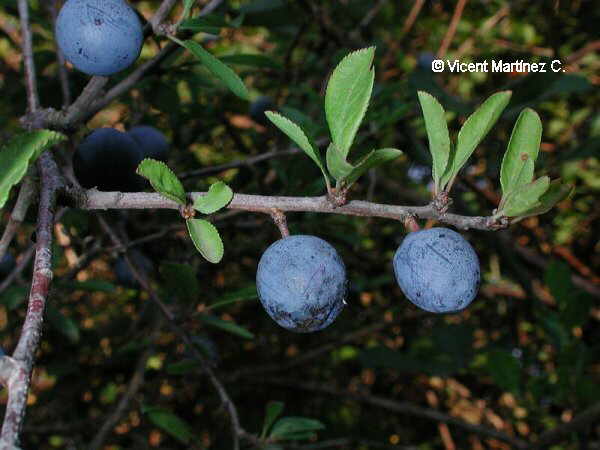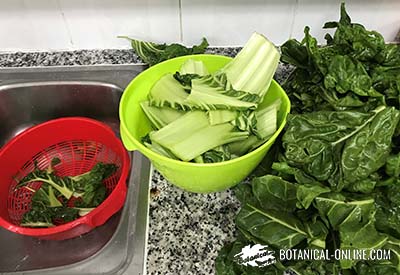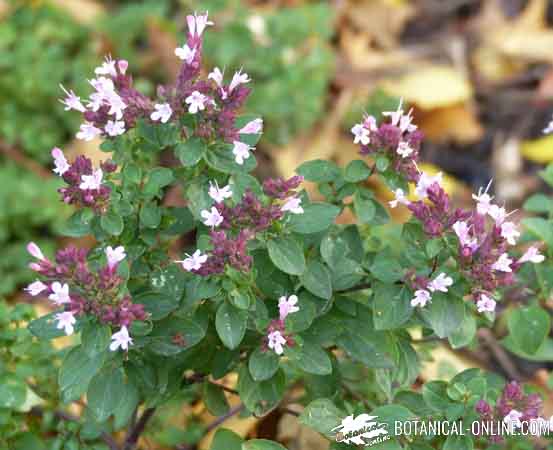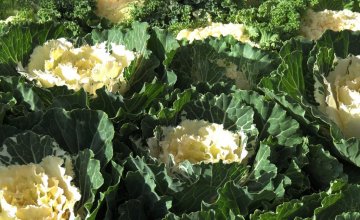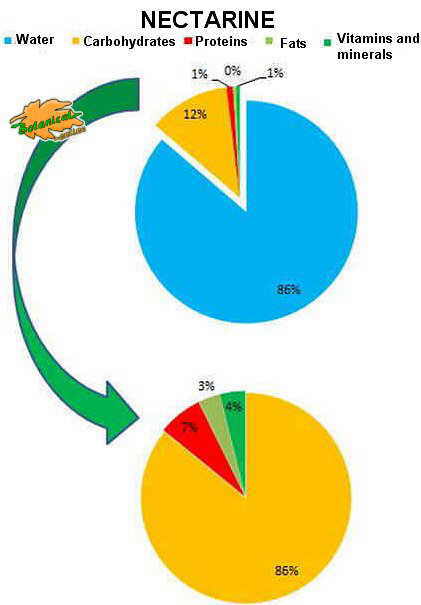Classes of sorghum
SORGHUM VARIETIES
Sorghum varieties differ substantially depending on the final product we want to be obtained from them, but the goal is always to get high yield crops that allow the use of the whole plant.
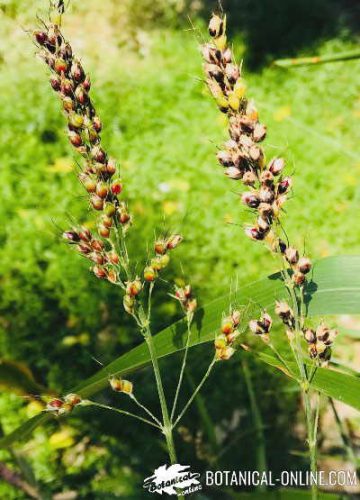
In the cultivation of sorghum one should take into account the different characteristics of sorghum that exist when buying seeds.
If the crop is intended for the production of grain there are sorghum seeds high and low in tannins.
For feeding animals, there are photo-sensitive, grazing and silage varieties.
– Grain Sorghum:
• With tannins
• No tannins
– Sorghum for animal fodder:
• Photochromic
• grazing
• For silage
Types of grain sorghums
Among grain sorghums, of which the grain for animal or human consumption is obtained, the following characteristics are distinguished:
– Bird-resistant sorghums with tannins (BR): These sorghums have been used over time to avoid production losses caused by birds that feed on crops.
Also called “anti-birds sorghum”, the tannins are rejected by birds thus preventing them to feed on harvest.
These sorghums bind proteins and inhibit the action of the enzyme amylase, which reduces digestibility and causes animals do not gain the desired weight, causing a reduction in feed efficiency up to 30%. Examples of the sorghums with tannins are Durra, Kaoliang and Shallu varieties.
– Non-bird- resistant sorghums without tannins (NBR): Nnlike varieties with tannins, these sorghums are highly nutritious and present good digestibility. They can achieve high efficiencies in food animals, similar or even superior to corn.
DISABLING SORGHUM GRAIN TANNINS FOR ANIMAL FEED
The tannin content is harmful because it reduces grain feed efficiency, but at the same time is an advantage when fighting birds, obtaining greater crop productivity.
There are several physical and chemical methods that minimize these anti-nutritional effects:
– Supplementing the diet of animals with additional protein, such as alfalfa or products of the oil industry. Adding protein serves to inactivate the tannins diet.
– You can also deactivate tannins with soy deactivators by means of steam: the grains are heated and moistened for later being crushed, forming flakes. In this case all the grain structure is broken which promotes grain digestion.
– Tannins degradation by aggregation urea. This is a low cost method which comprises adding urea in an amount of 3% of the amount of grain sorghum; plus the necessary amount of water to reconstitute the grain to 25-30% moisture.
Animal forage sorghums
Among the sorghums intended for animal fodder, the whole plant is used (the stem, leaves and / or cereal), such as grass or silage, plant is mainly intended for:
– Photo-sensitive sorghum: It is characterized not to produce flower, preventing its stem enlongation (ie, lower lignin content and digestibility). When they finish their cycle, they’ve got a very low palatability, but a high water yield and a high dry matter production. Their main problem is rejection of the silo for animals because of the low palatability of this sorghum.
– Direct grazing sorghum or ” Sudan sorghum ” Fast growing sorghum, with a high tillering and regrowth capacity. His problem lies with the jointing stage: its high lignin content reduces palatability.
– Silage sorghum: less tillering capacity and thick reeds.
They are also different varieties of sorghum by cycle, ranging from approximately from eighty to a hundred and twenty days; its drought resistance, lignin content or disease resistance, among other parameters.
Currently there are commercial varieties of sorghum with specific features intended to order desired by the farmer.
Sorghum varieties
Grain- producing sorghum varieties
– Kafir Sorghum (Sorghum bicolor spp. kafir): Sorghum variety native to tropical Africa that is now spread throughout the world. It has a compact panicle with white beans and red flowers; It is a good forage (dark green leaves) and resistant to drought.
– Milo Sorghum (Sorghum bicolor spp. milo): Sorghum variety native to Africa, important for having been the basis of many hybridizations. It has (8-10) dark green leaves with a white rib. Compact panicle, grain is white, yellow or brown and has a large embryo.
– Advanta Sorghum and Arcadia sorghum: Commercial varieties very resistant to saline soils.
– Sorghum Asgrow Ambar: Transgenic high yielding variety marketed by Monsanto.
– Sorghum BMR (Brown Mid Rib, brown midrib): Grenadier commercial variety, also for fodder sorghum, that are obtained with low percentage of lignin and highly digestible.
– Sorghum VDH 422: Commercial hybrid variety of sorghum with high tannin content (“anti-bird”), recommended for silage. Good supply of forage without losing grain yield.
– Sorghum Charrua DP: Commercial hybrid variety of sorghum with high tannin content for grain production, whole plant silage and grazing. Excellent performance and “anti-bird”.
– Carhué sorghum: Commercial variety of sorghum high in tannins, dark red grain resistant to disease.
Sorghum varieties for animal fodder
– Aleppo sorghum (Sorghum halepensis): It is believed that this species originated by natural hybridization between Sorghum bicolor and Sorghum virgatum in North Africa. Typically called “Johnson Grass” (or Johnsongrass), this type of sorghum was introduced in the USA with forage purposes by “Mr. Johnson”, producer of Alabama and South Carolina, in 1840. Then advertised in newspapers this variety of forage plant, which gave him fame and invited other countries to emulate their culture.
Now this variety is an invasive species or “weed” common in more than 53 countries limits the production of the fields and produces significant performance loss, requiring specific agricultural techniques to combat it. Its rhizomes are invaders well known to the difficulty to eradicate fields.
This plant is grown solely for fodder purposes, and can reach 5 meters high.
Other names of this variety: Cañota, sorguillo, sorghum, purl, grass Russian, Polish grass, foxtail, daza / Adaza, millet. Its scientific name indicates the origin of the plant: “Sorghum halepense L.” which came from Haleb (Aleppo), Syria city.
– Sugar sorghum (Sorghum saccharum) as suggested by its scientific name, this plant is particularly rich in sugar or sucrose (saccharum). It is known as sweet sorghum or sugar sorghum. For its rusticity or austerity or cultivation, this species is grown in arid and saline areas of China for the production of sugar. This type of plant is an excellent forage and also offers high energy yields through obtaining alcohol and biofuels.
– Almum sorghum (Sorghum almum): Early variety grown in North Africa and called “black sorghum” or “Sudan sorghum “. Described by Parodi (de Wet, 1966).
– Sudan sorghum (Sorghum androphogum sudanensis): Also called “sudan grass” in relation to its origin. It is a variety of large size, which produces large amounts of biomass. It is used for fast growth, easy regrowth (can be cut up to 4 or 5 times per season) and good acceptance for cattle.
– Sorghum rodeo 77: Silage commercial variety of red grain sorghum, highlighted by its high quality and palatability. Medium tannin content, good grain production, good palatability for fodder because of its sugar content (14% on stem).
– Carilauquen sorghum: Commercial variety of sorghum destined for direct grazing, hay or silage for his good palatability.
– Other fodder varieties of sorghum: Padrillo sorghum, Sagittarius sorghum, Melco ros, among others.
Note. Forage sorghum is used to feed cattle, pigs and chickens. In the latter, for its low-carotenes, feeding with sorghum provides little egg yolk pigment, which is a problem for feeding chickens. Therefore it is customary to mix it with cassava leaves, with 25 times more carotenes.
Varieties with high amounts of tannins reduce protein digestibility and avoid the use of energy in pigs and poultry.
Sorghum varieties for biomass
– Sorghum doura (Sorgum bicolor): also known as great millet, broom sorghum , durra, jowari, milo,, paper sorghum or sorghum. Variety characterized by its high content of cellulose, used for papermaking and brooms.
OBTAINING ETHANOL FROM SORGHUM In India, a gallon (equivalent to 3.78 liters) of ethanol produced from sorghum costs $ 1.74, versus $ 2.19 of this made of sugar cane; and $ 2.12 the one from corn ICRISAT report. |
World production of sorghum
World production of sorghum is well behind the large grains, which are rice, corn, wheat and barley (in that order). Still, it is the secondary cereal most cultivated in the world. Globally, it is estimated that in 2011 sorghum production was 60.74 million tons.
Sorghum is grown in tropical and temperate places for their edible seeds, their panicles and the syrup obtained from its sap. Its uses are varied, from human consumption (mainly in Africa, India and parts of China), for feeding animals, and to obtain biomass or fuel. |
90% of this crop is in developing countries, such as Africa, Asia (India) and Central and South America. These crops are eaten mainly by farmers and poor classes.
In developed countries, is grown the remaining 10% sorghum, and, from this, about 40% is intended, for animal fodder.
![]() More information on sorghum.
More information on sorghum.

